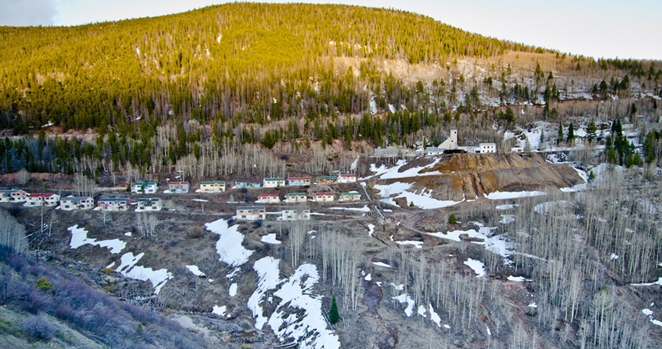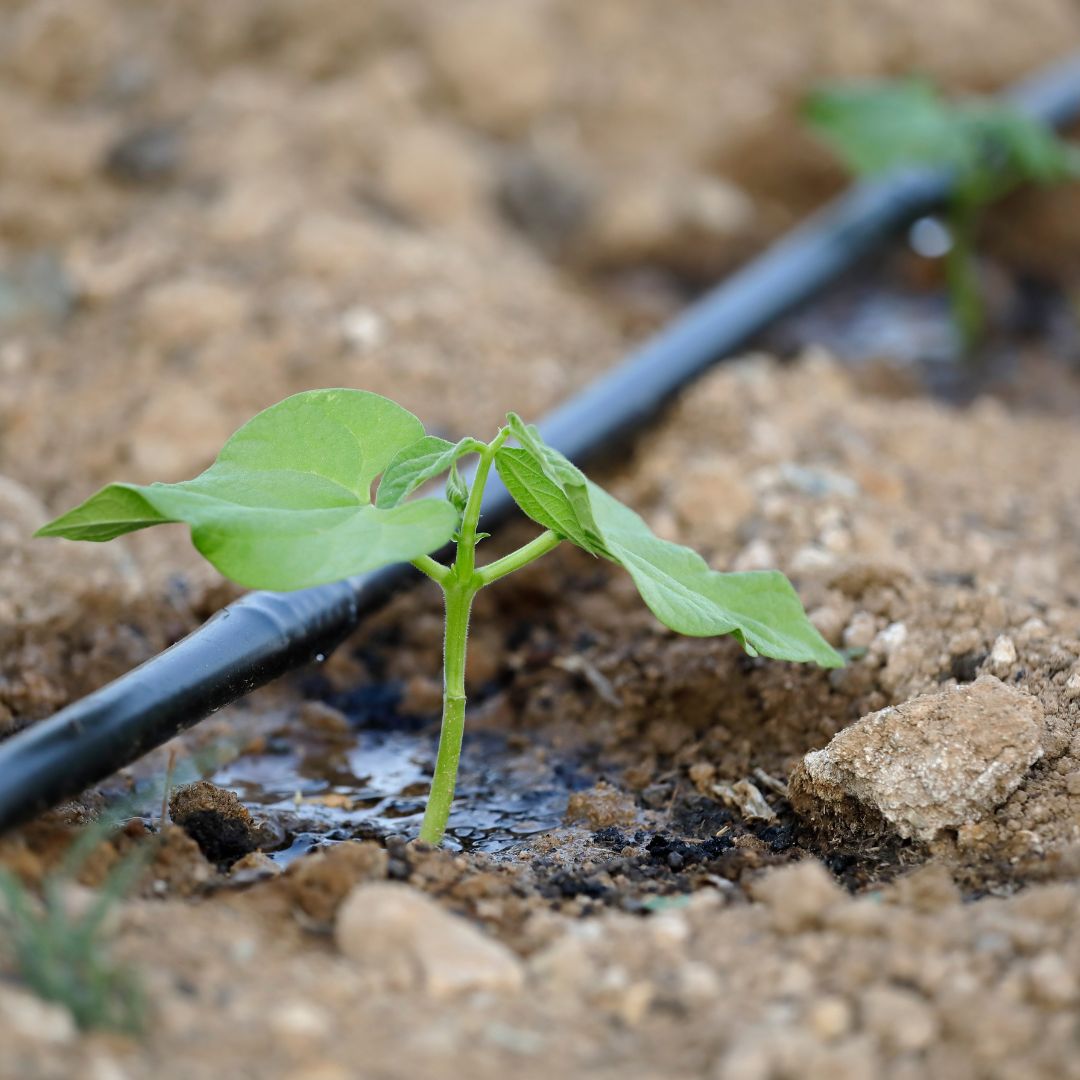1870



Gold and silver is discovered in the Gilman-Belden area, about 3 miles northwest of Red Cliff and 6 miles southwest of Minturn on US-24. Mining begins.
1905



Mining focus shifts to primarily lead and zinc.
1984



Mining operations close and are abandoned. With the electricity shut off, the pumps that kept the mine clear of water are no longer operating and the mine floods. Acidic mine water, containing dissolved zinc, copper, cadmium and other heavy metals run into the Eagle River.
1986



The 235-acre Eagle Mine site is placed on the list of Superfund sites.
1988


A citizens’ group, called Eagle River Environmental Business Alliance (EREBA), is formed to monitor the cleanup. The clean-up project encounters problems, causing the Eagle River to turn orange and making it uninhabitable to fish for miles downstream.
1995

EPA studies identify that further remedial action is required and modifications to the original clean-up plan are implemented.
1996
The Eagle River Watershed Plan is adopted by Eagle County after a three-year public process with over 100 local citizens working with municipal and county staff. The Eagle River Watershed Plan recommends that a citizen’s group be formally established to implement and monitor the Plan.
1996
A number of groups, including EREBA, the Black Gore Creek Steering Committee, the committed volunteers who organized the annual Eagle River Clean Up and the Community Pride Highway Cleanup, the 2008 Water Quality Plan group, the White River National Forest Association and many of the individuals active in the development of the Eagle River Watershed Plan are in existence. All these groups form the basic starting committee system from which Eagle River Watershed Council emerges.
1998
The Water Quality Monitoring & Assessment Program (WQMAP) is created to help stakeholders and the community understand the overall health of streams in our watershed. WQMAP continues to operate and provides a foundation for science-based decision-making.
2000
Funds are raised to hire the first staff person for Eagle River Watershed Council – effectively a consultant role.
2002
The Sediment Control Action Plan for Black Gore Creek is released.
2004
Eagle River Watershed Council works with Colorado Department of Transportation, United States Forest Service, Eagle River Water and Sanitation District, Town of Vail, Eagle County, Colorado Department of Public Environmental Health, RiverRestoration.org and interested citizens to develop and implement strategies to restore stream health with the goal of removing Black Gore Creek from the 303(d) list of impaired streams.
2006
The organization’s largest project to-date, the Edwards Eagle River Restoration Project, is undertaken to narrow and deepen the Eagle River upstream of the Hillcrest Drive Bridge in Edwards, in an effort to reduce rising stream temperatures.
2008
Eagle River Watershed Council starts a RiverWatch team to monitor water quality monthly in 3 locations downstream from the Eagle Mine.
2010
Local stakeholders form the Urban Runoff Group and initiate work on the Gore Creek Water Quality Improvement Plan
2011
Gore Creek is placed on the 303(d) list of impaired streams, due to impaired aquatic life. Later studies discover the impairments stem from many causes- many of which are related to increased human development.
2013
The Eagle River Watershed Plan is updated.
2013
Staff expands to two full-time salaried employees with the hiring of an education and outreach coordinator.
2013
Biannual sediment source monitoring begins on Black Gore Creek to evaluate if current practices are effective at maintaining or restoring desired conditions for sediment to support beneficial uses.
2014
The Colorado River Inventory & Assessment, commissioned by Eagle River Watershed Council, is completed by Colorado State University.
2014
A projects coordinator is hired, expanding staff to three full-time employees.
2015
The $4 million+ Edwards Eagle River Restoration Project is completed.
2017

The first bilingual Community Float is held and 35 participants enjoy a day on the river with Spanish-speaking raft guides.
2019
The Abrams Creek Cutthrout Project is completed through a unique and historic partnership with Buckhorn Valley Metropolitan District, Trout Unlimited, Colorado Parks & Wildlife, Bureau of Land Management and Eagle River Watershed Council. This project protects the only known indigenous trout population in the Eagle River Valley.
2019

The inaugural Eagle River Water Festival is held with 350 of the county’s 5th-graders spending the day learning about water, rivers and our watershed.
2019
Staff grows to four with the addition of a development and communications coordinator.
2022

The Clean & Flowing Rivers program is envisioned to fill a need for providing resources to increase outdoor water efficiency and mitigate stormwater runoff and related water quality concerns. It receives funding and becomes the Beyond Lawn Program, a collaboration with Eagle County Conservation District.
2024

The Eagle River Fund officially launches, with the goal of increasing and expediting river projects being done by more than 20 organizations in the Eagle River Watershed. It is held at Western Colorado Community Foundation and operationally managed by staff at Eagle River Coalition, with community and technical oversight. Learn more here.
2024

Eagle River Watershed Council rebrands, adopting the Eagle River Coalition as its name, along with a new logo and colors. Learn more here.
2025
The Eagle River Coalition moves offices from Gypsum to the second floor of 215 Broadway Street in Eagle.
